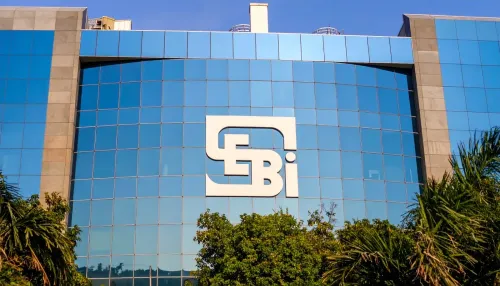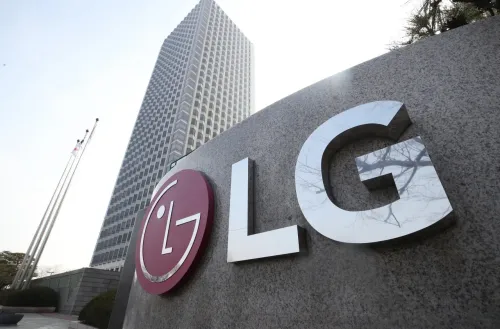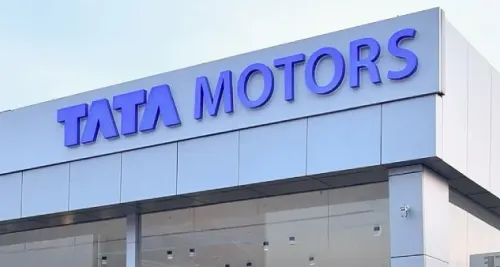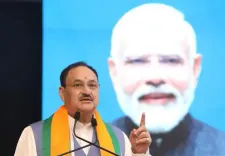Will 2 to 3 Players Rule India's Quick Commerce Market in Its Top 40 Cities?
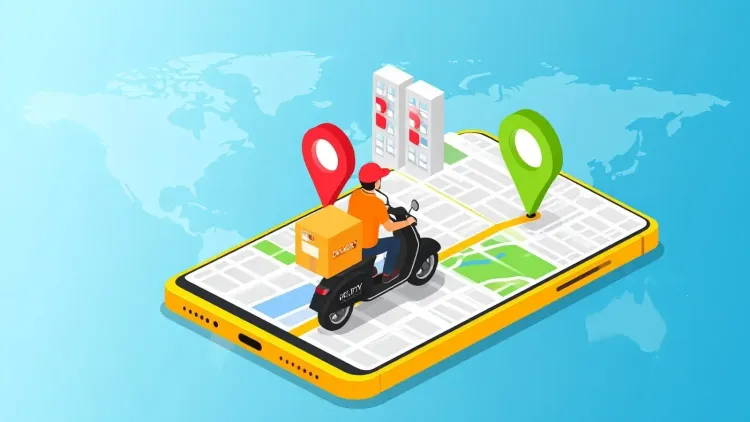
Synopsis
Key Takeaways
- Quick commerce is gaining traction in India's top urban areas.
- Two to three firms are expected to dominate the market.
- General trade will continue to lead in smaller cities.
- Technological advancements are crucial for maintaining competitiveness.
- Consumer demand for speed and efficiency is driving market dynamics.
New Delhi, Nov 13 (NationPress) Similar to the e-commerce landscape, where a few key players often dominate, the food delivery and quick commerce (QC) sector in India is witnessing a comparable trend. A report indicates that the leading two or three companies are set to capture a significant portion of the market.
The QC ecosystem in India is expected to mirror this pattern, with major players gaining market share through aggressive expansion, technological innovation, and operational efficiency.
As per a report from Bernstein Research, QC is poised to take the lead in the top cities, while modern trade (MT)—which includes retail supermarkets—will thrive in the next 400 cities.
"QC is likely to excel in the Top-40 cities, MT will prosper in the Next-400 cities, and GT will dominate the Last-4000 cities," the report highlighted.
Meanwhile, general trade (GT), which encompasses kiranas and local shops, will continue to be the frontrunner in smaller towns and rural areas.
As the dynamics of city tiers evolve swiftly, India's internet economy is embarking on a new phase of exponential growth.
The report forecasts that GT may lose traction to QC, e-commerce (EC), and MT; however, both MT and EC are anticipated to enjoy robust growth in the future.
In India's major urban centers, quick commerce (QC) will lead the retail sector, driven by consumer demand for speed, convenience, and effective logistics networks.
The report also stressed that MT and EC still enjoy competitive advantages in areas such as product variety and pricing.
While MT retailers are increasingly focusing on profit margins and broader product assortments, particularly in semi-urban regions, the QC and EC platforms are heavily investing in warehouse infrastructure and logistics efficiency to reduce expenses.
According to the report, India’s top 40 cities, which host around 200 million individuals and 1,700 postal codes, are the epicenter of the digital economy and pivotal hubs for the nation’s evolving retail landscape.

